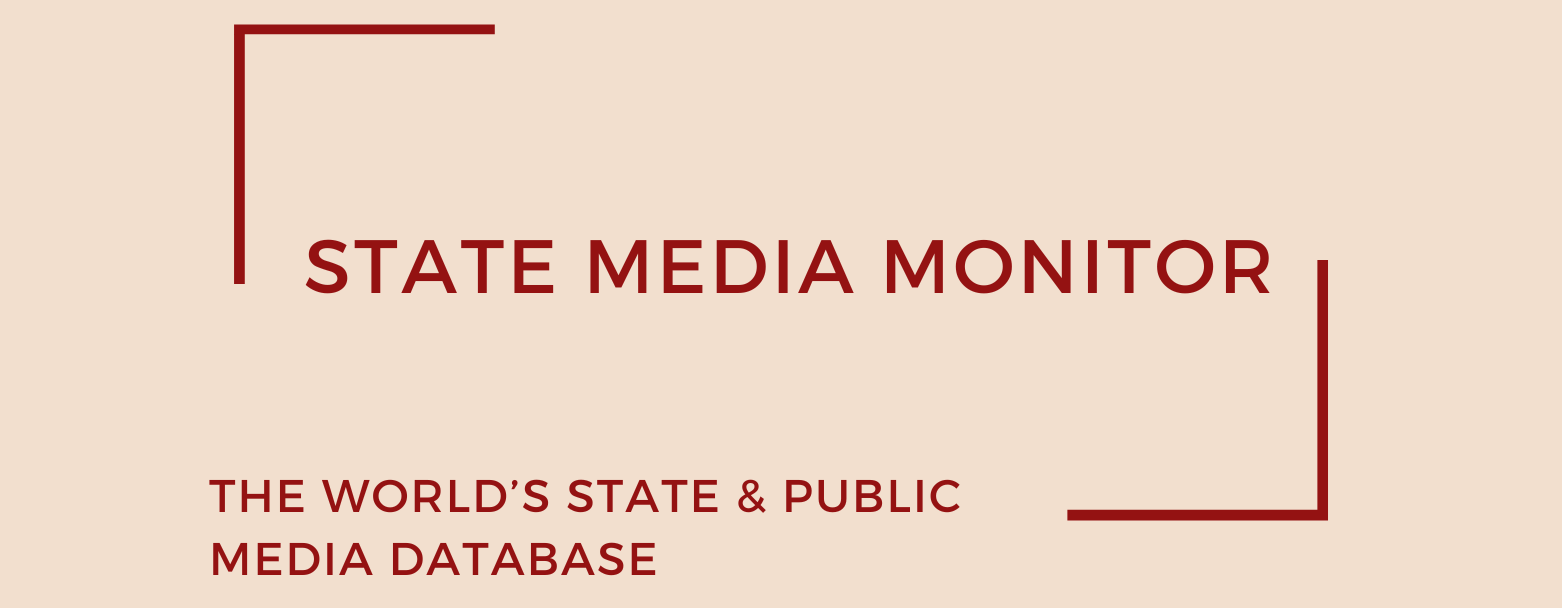Iranian Students News Agency (ISNA)
The Iranian Students News Agency (ISNA) was established in 1999 with the initial mission of covering developments within Iran’s university system. Originally intended as a platform for student voices, ISNA has since evolved into one of the country’s more prominent news outlets. Though operating within the constraints of Iran’s tightly controlled media environment, ISNA has earned a reputation for comparatively moderate coverage and editorial nuance.
Media assets
News agency: ISNA
State Media Matrix Typology
Ownership and governance
ISNA is formally state-licensed and functions under the aegis of government regulation, like all media entities in Iran. However, it distinguishes itself through its operational structure: much of its reporting and editorial work is carried out by university students, who serve as editors, correspondents, and content producers. This student-led model gives the agency a tone and outlook that often diverges from more hardline, state-aligned platforms.
Despite this grassroots appearance, ISNA is embedded within Iran’s institutional media apparatus. It operates under the supervision of official authorities and its continued existence depends on adhering to regulatory boundaries defined by the regime. Appointments to key leadership roles are not fully autonomous, and ultimate editorial responsibility rests with individuals vetted by state bodies.
Source of funding and budget
No official or transparent budgetary documentation is available for ISNA. However, according to local analysts interviewed in April 2024, the agency sustains its operations largely through annual state subsidies, which reportedly constitute the majority of its funding. In addition to this public financing, ISNA is partially supported by a domestic student-affiliated NGO, though the nature and extent of this support remain opaque.
Given recent trends in Iran’s national budget, which has favored increased funding for ideological and media institutions in 2025, it is likely that ISNA continues to benefit from public resources—though probably not at the scale of more prominent state outlets such as IRNA or Tasnim.
Editorial independence
ISNA is often characterized in Western media analyses as one of Iran’s more moderate news agencies, offering relatively balanced coverage on cultural, social, and academic issues. While it avoids overt criticism of the Supreme Leader or the foundational tenets of the Islamic Republic, it has at times pushed the envelope on political and institutional transparency—especially during periods of relative reformist ascendancy.
The agency’s editorial stance has historically leaned toward the reformist camp, with an affinity for figures such as former President Mohammad Khatami. Despite these leanings, ISNA has faced pressure from conservative elements within the state. One of the most prominent examples was the conviction of its director following the publication of an interview that was critical of Iran’s intelligence services abroad. This high-profile case underscored the risks ISNA faces when stepping outside regime-sanctioned narratives.
ISNA continued to maintain a degree of editorial latitude, particularly on domestic and social issues. That said, it consistently operates under the shadow of potential reprisals—legal, financial, or administrative—should it overstep politically sensitive boundaries. In the past year, ISNA has lost its editorial freedom in the context of the conflict in Gaza, which prompted us to relegate the outlet to the State-Controlled (SC) category in our taxonomy.
July 2025
Citation (cite the article/profile as part of):
Dragomir, M. (2025). State Media Monitor Global Dataset 2025.
Media and Journalism Research Center (MJRC).
Zenodo.
https://doi.org/10.5281/zenodo.17219015
This article/profile is part of the State Media Monitor Global Dataset 2025, a continuously updated dataset published by the Media and Journalism Research Center (MJRC).
